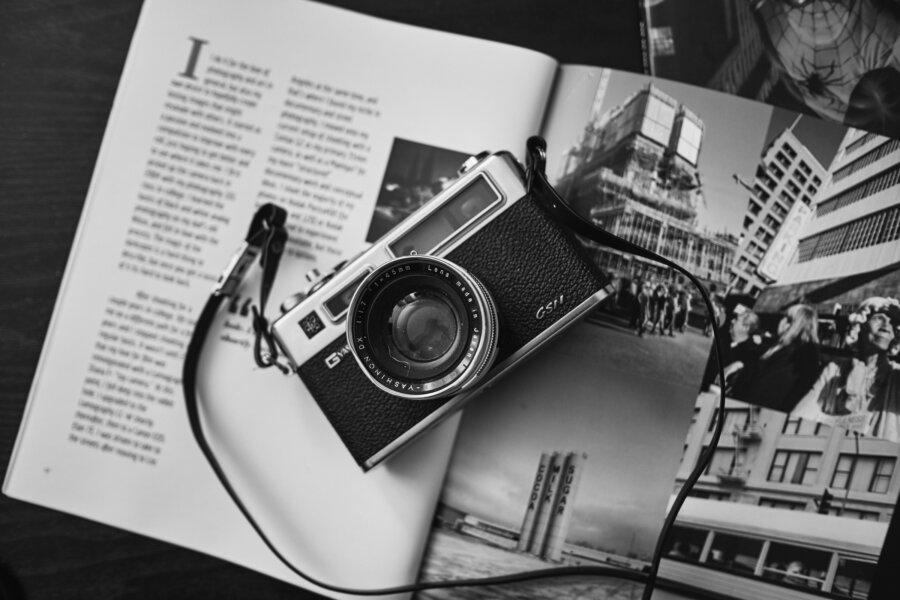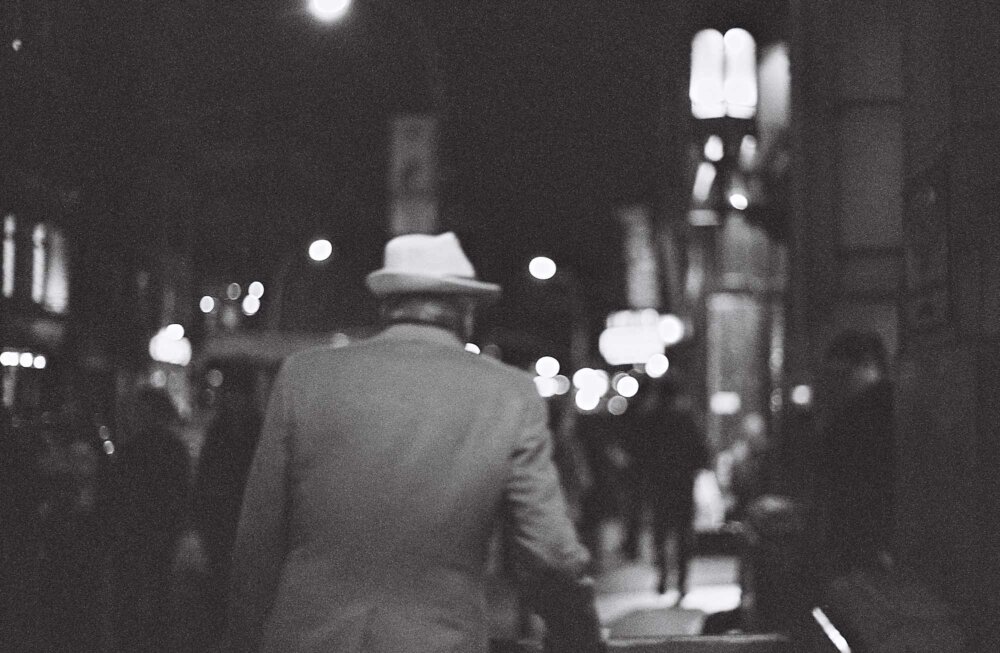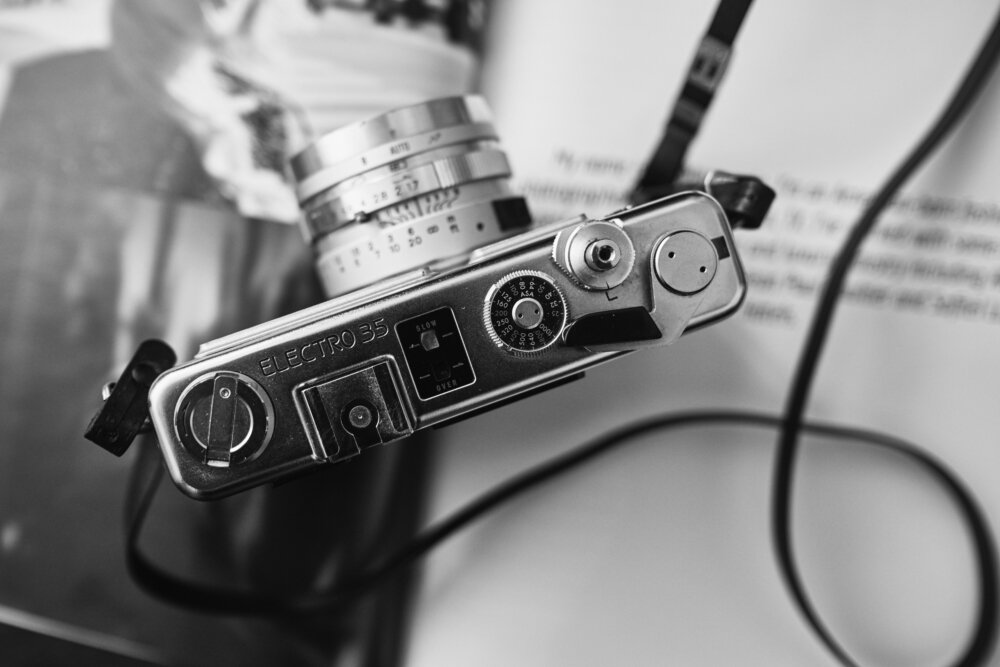Long Term Review: Yashica GSN Electro 35 (Premium)
The Yashica GSN Electro 35 is characterized by this lens. When you look at the front of the camera, you’ll notice it’s specific designation as a Color lens. This is because years ago, the company figured that it could fool the public into thinking that this lens was designed specifically for color in mind and that it would make their images even better. It’s the same thing that Sony did years ago in the video world. This lens is a 45mm f1.7 lens that has a softness to it but also a sharpness with used in combination with a flash. Overall though, it’s a beautiful lens that will give you a uniquely analog look.
The lens is also where you’ll control the camera for the most part. It is an aperture priority camera with a fixed shutter speed for flash. When the battery isn’t in the camera, it will fire at a fixed shutter speed but still allow you to change the aperture. This is how many of Lomography’s cameras work to a certain point. This lens has five aperture blades, so the bokeh is going to have a much different shape to it. It’s not going to be round and smooth. But instead it will be hard and jarring in some ways unless you’re shooting wide open. I sort of like that look though.
Luckily, you can also use a variety of films with the light meter.
But otherwise, the front of the camera has the rangefinder and this hard plastic textured area. The top of the camera has a cool retro look and layout to it; but there is one oddity. Most cameras have a film advance that will lock when the camera hasn’t shot. But the Yashica doesn’t have that. It will just keep on advancing and advancing. So be careful about that. Generally speaking, you’d think that a camera this big would also have a brighter rangefinder. When I was younger, it didn’t have any sort of problems. Now that I’m in my 30s, this rangefinder is pretty dark. When you compare it to a Leica, Voigtlander, or even some of the Canon cameras you’ll see that it’s dark unless you’re outdoors. Make sure that you get yours cleaned. A good CLA will ensure that it works just fine.
When you’re using the camera, you’ll be best off using it by prefocusing and zone focusing. Otherwise, you can also try to just crank the focusing until you get it right. That’s what I used to do. But take a guess as to how far your subject is at first and then touch it up. You’ll get better results that way. For a long time, I got some fantastic images with my Yashica. But then I moved onto a Voigtlander. Then medium format. And we took a break from one another. My mother took my Yashica GSN Electro 35 from me, neglected it to hell, and I only got it back a few months ago from my sister.
You can say that my Yashica and I took a break from one another. It got me into rangefinders and it helped me to explore a number of the others out there. It made me realize how much I really enjoy Leicas. But coming back to it made me think about simpler times in both my life and how things used to be exposed. It still works. It’s a bit more difficult to work with, but it can be worked with. These days, I’ll tend to use it less and less. Why? I’ve got Leicas. I own a Hexar AF. But the Yashica is a timepiece. It’s also sort of a fashion statement. It looks pretty and overall has a unique look vs many other cameras. It can deliver razor sharp images and as long as you’re alright with a single lens, you’ll be fine. A part of me though wishes that I got the Canon QL17 III instead. But the Yashica is more than good enough of a variant.
Would I buy the Yashica GSN Electro 35 today? Probably. It’s a camera that can still be had very affordable over the Canon. So if you want a very budget camera then this is the one to strive for. Want a gift for a child? Get them this one.



